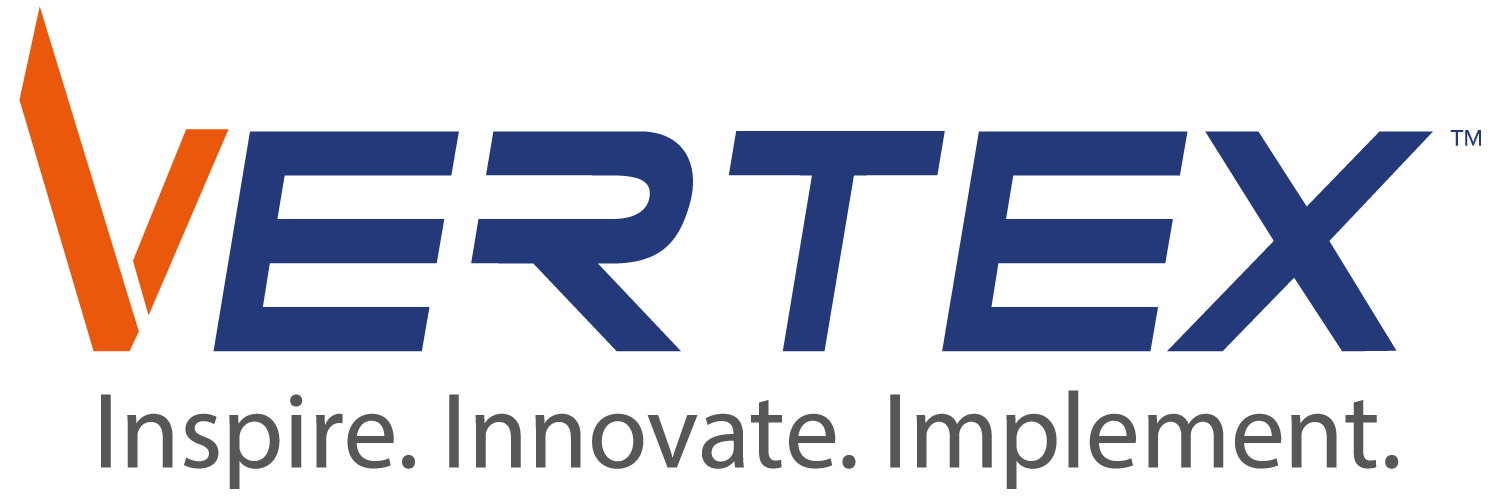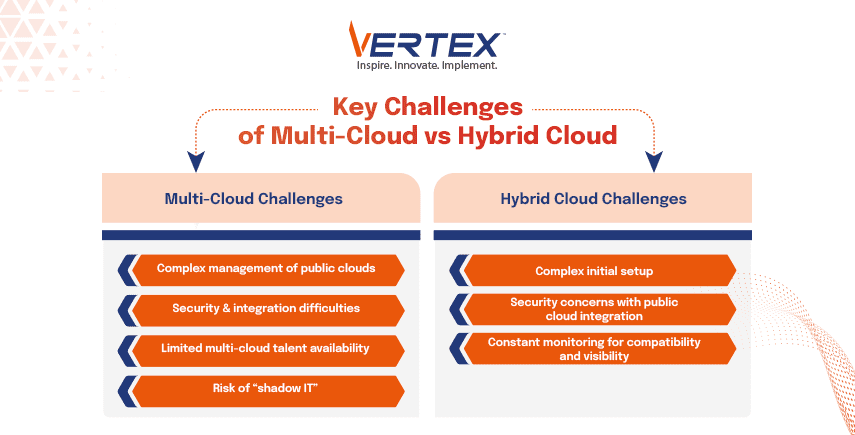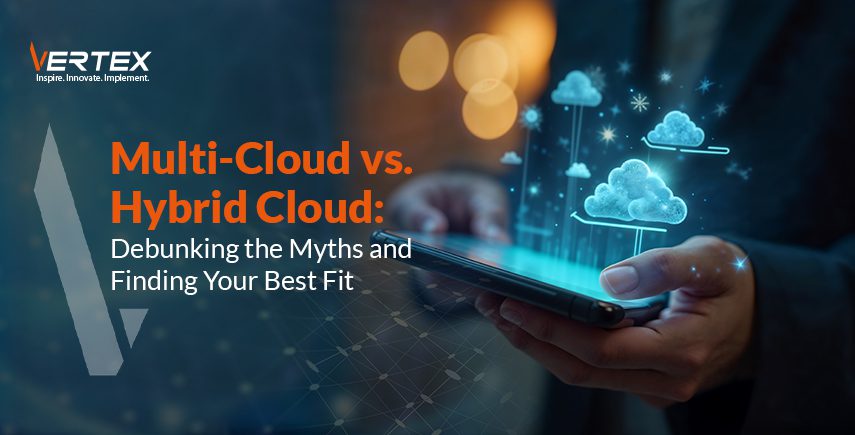
Kiran Boligarla
Multi-Cloud vs. Hybrid Cloud: Debunking the Myths and Finding Your Best Fit
Cloud computing is transforming businesses with its speed, reliability, and efficiency compared to traditional methods. But the big question is: which cloud model should you choose? The multi-cloud model and the hybrid cloud model both offer unique benefits, depending on the needs of your organization.
Your choice can greatly impact the results you expect from your business. The smart approach is to first understand what each model offers and then align that with your organization’s goals and workflow.
The model that best fits your needs is the right one for you. In this article, you’ll learn how both models function and operate. Plus, we’ll debunk some common myths surrounding them. This guide will help you make an informed decision about the best cloud model for your organization.
What is Multi-Cloud?
Multi-cloud is when you do not rely on one single cloud vendor for all your needs. Instead, you distribute your applications and data across multiple clouds. You can use one or more private clouds, public clouds, or a combination of both. You are free to choose. This approach is best for running more applications without adding complexities. The multi-cloud model also works great with DevOps development and other cloud native technologies.
Key Characteristics of Multi-Cloud
- Vendor Diversity: You can choose from multiple public and private cloud service providers like AWS, Azure, and Google Cloud.
- Best-of-Breed Approach: You get to choose which vendor you want to work with, depending on their specific cloud services and how they align with your strengths and capabilities. You will not have to be tied down to one specific vendor.
- Flexibility and Choice: When you only work with one vendor, you face cost issues, interoperability, and data issues as well. This is avoided when you opt for the multi-cloud model. You never have to worry about locking in a vendor; you can choose different vendors according to your business needs.
What is Hybrid Cloud?
A Hybrid cloud is a mix of computing environments(on-premises), private clouds, and public cloud services. This approach is widely adopted because no one relies solely on one public cloud in today’s world. Also, hybrid cloud services allow you to migrate and manage workloads on different cloud environments, allowing for a setup based on the business needs.
Key Characteristics: Hybrid Cloud
- Integrated Environment: Hybrid clouds combine public and private cloud resources so that they can work together seamlessly.
- Workload Portability: Hybrid cloud offers you the advantage of moving your workloads between different cloud environments based on the specific requirements of the workload.
- Scalability and Control: You get best of both worlds, Offers the scalability of the public cloud with the control and security of a private cloud.
Multi-Cloud vs. Hybrid Cloud: Key Differences
While both multi-cloud and hybrid cloud offer flexibility and scalability, they differ significantly in their architecture and use cases. Here’s a comparison table highlighting the key differences: 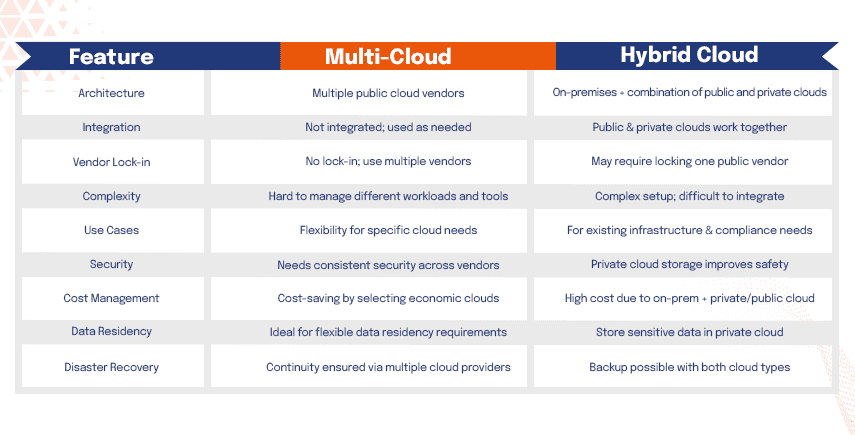
Multi-Cloud vs. Hybrid Cloud: Finding Your Best Fit
Both cloud infrastructures are different, and we have learned about their traits and how we can implement them. Now, we will deep-dive into the key differences of both.
Multi-model offers the best of multiple public clouds for you to use and scale your organisation. Whereas the hybrid cloud integrates the public and private clouds for better workload portability. The multi-cloud model is independent of vendor reliability, and the hybrid cloud is great at using the on-premise infrastructure.
Benefits:
- Multi-Cloud: You get a flexible infrastructure, zero vendor dependency, better cost optimisation and performance enhancement with the help of workload placement. You also get better reliability during an data loss or attack.
- Hybrid Cloud: You get best scalability when peak demands hits. You get cost efficiency due to the use of both public and private resources and you also get better security since there are private clouds to backup your data. Along with regulatory compliance and low latency for clitical applications.
Challenges for Multi-Cloud and Hybrid Cloud
Multi-Cloud:
- Management across different public clouds becomes a bit tough.
- Since there are multiple clouds and workloads, their security and integration is another major complication.
- The availability of people with multi-cloud skills are scarce, there is also the risk on unmanaged “shadow IT.”
Hybrid Cloud:
- The setup and management of the initial cloud models are complex, when you counter in the on premises infrastructure it gets even more tricky.
- There are security concerns regarding the public cloud integration with the rest of the infrastructure.
- You also have to monitor the data and application compatibility around the clock and make sure that there is enough visibility.

Use Cases:
- Multi-Cloud: If your organisation prioritize vendor choice, and beliefs in using specific cloud strengths then you can use multi-model infrastructure. You can also use it for the global application deployment for a low latency and better disaster recovery across multiple providers.
- Hybrid Cloud: This can be best usitlised where data residency requirements are major along with mordenizing applications all the while retaining their legacy systems. You can also use hybrid model for handling temporary demands spikes and for enabling DevOps workflows.
Key Statistical Insights:
- The global cloud market is projected to exceed $1 trillion by 2028 as stated by the precedence research.
- According to a report by Spacelift over 92% of organizations have adopted multi-cloud and 80% use multiple public clouds; 60% multiple private clouds.
Finding Your Best Fit
The best fit is determined by the need of your organisation. Your organisation needs decides which models suits you the best. To make a decision consider your existing infrastructure, security, cost and desired scalability. Then factor that with the things you have learned about both the cloud interfaces. For example multi-cloud offers agility and independence and the hybrid cloud offers scalability and better security.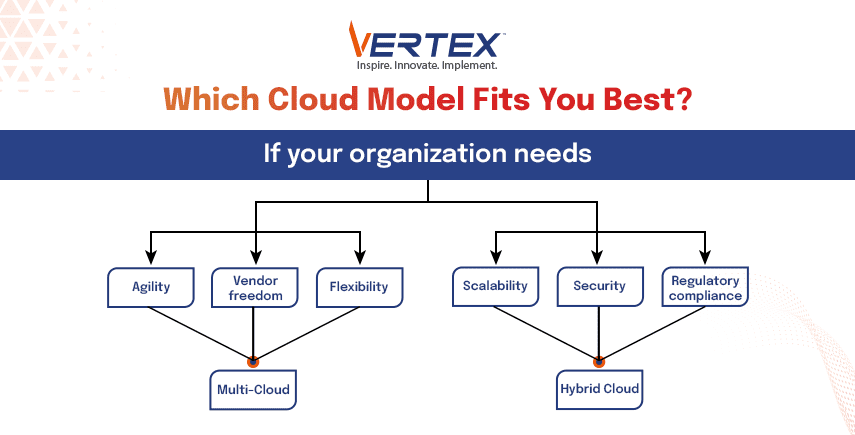
Conclusion
Both the multi-cloud and the hybrid cloud are powerful cloud deployment models, with distinctive advantages and usecases. You get flexibility cost effectiveness and no vendor lockins on multi-cloud model, where as on the hybrid one you get a balance between scalability and control. In this article we have discussed the key factors and usecases along with their respective limitations. So before making the choice for your organisation carefully asses the bussinees needs and consider all the factors we have discussed in this article. Choosing the right cloud system will result in better agility, optimised costs and even a edge in today’s cutt throat market.
Recent Blogs

19 May, 2025
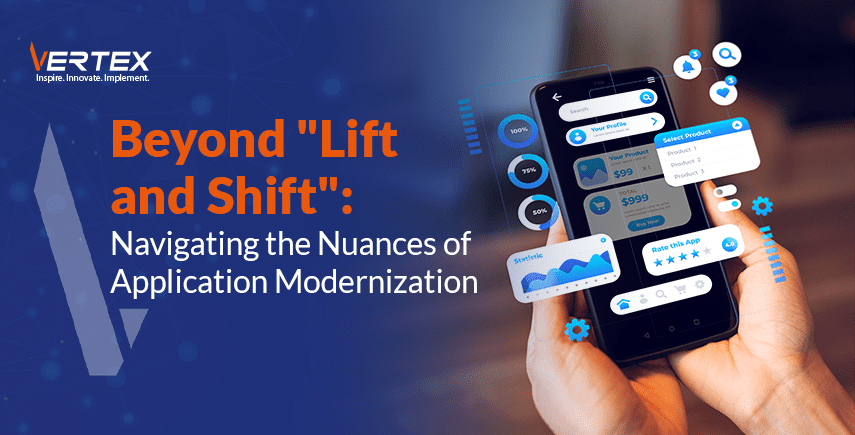
19 May, 2025

12 May, 2025

8 May, 2025

5 May, 2025

28 April, 2025

21 April, 2025

14 April, 2025
Recent News

5 February, 2025

14 November, 2024

4 November, 2024
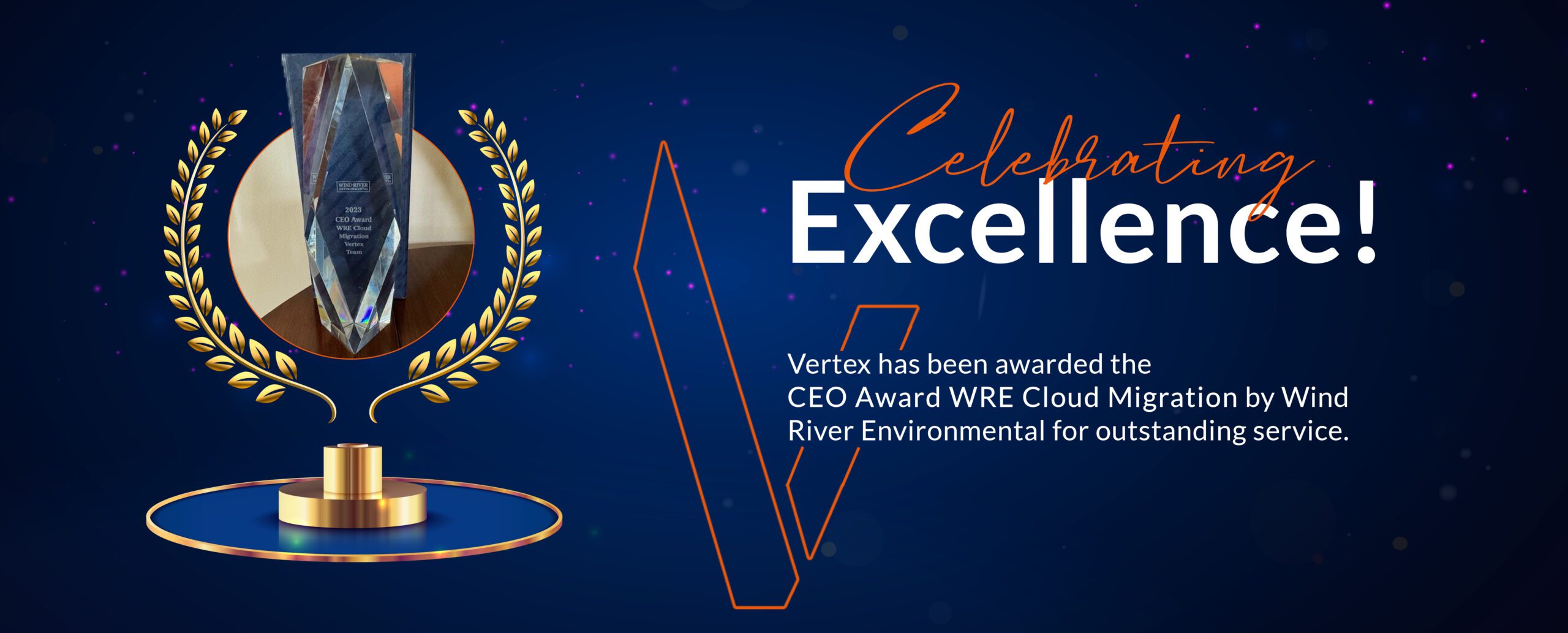
29 July, 2024

6 March, 2024

27 February, 2024

9 June, 2023
